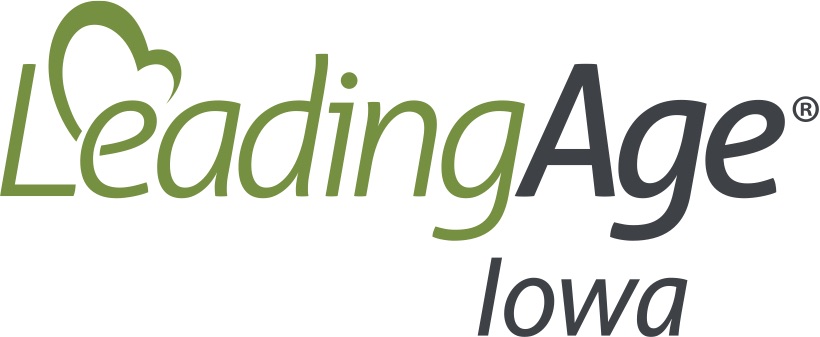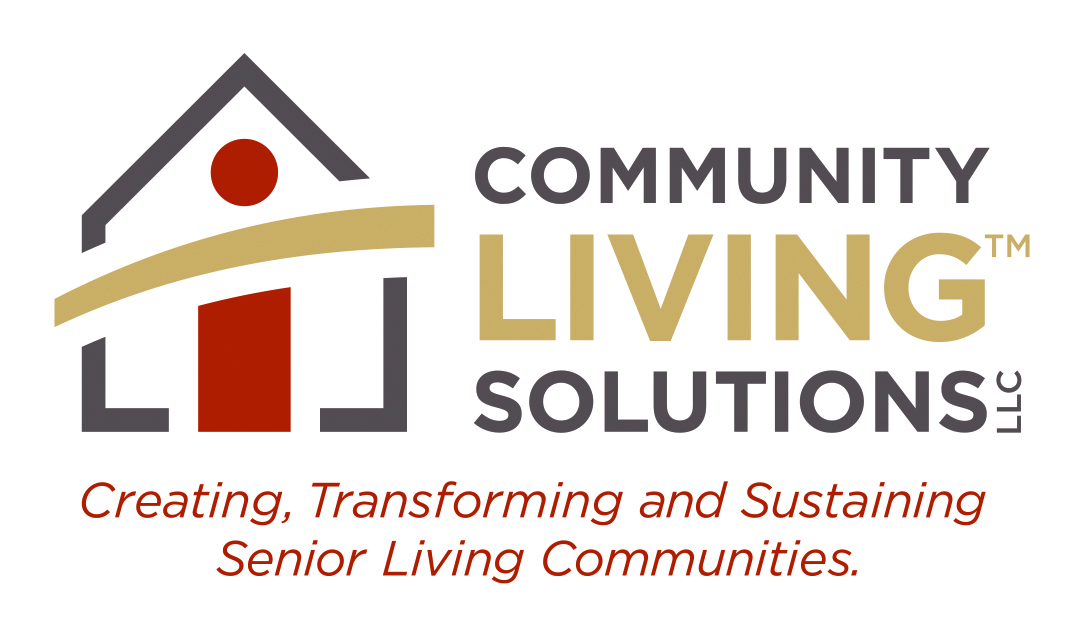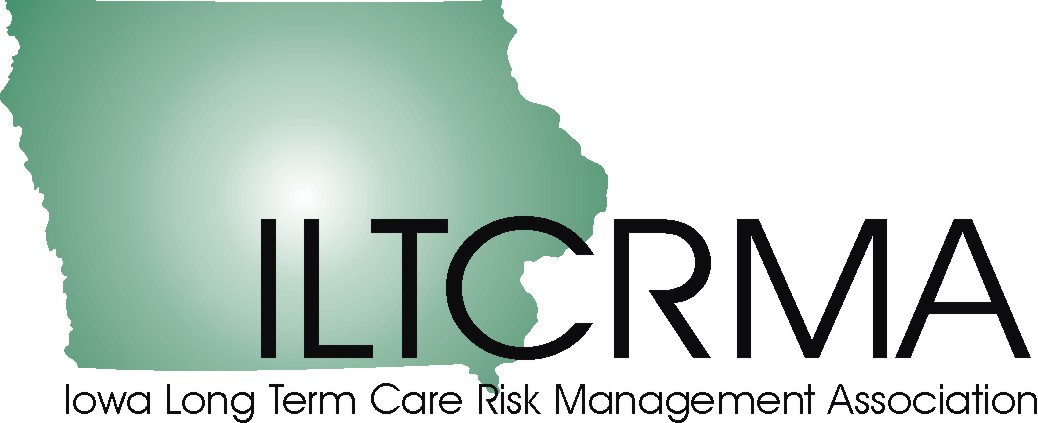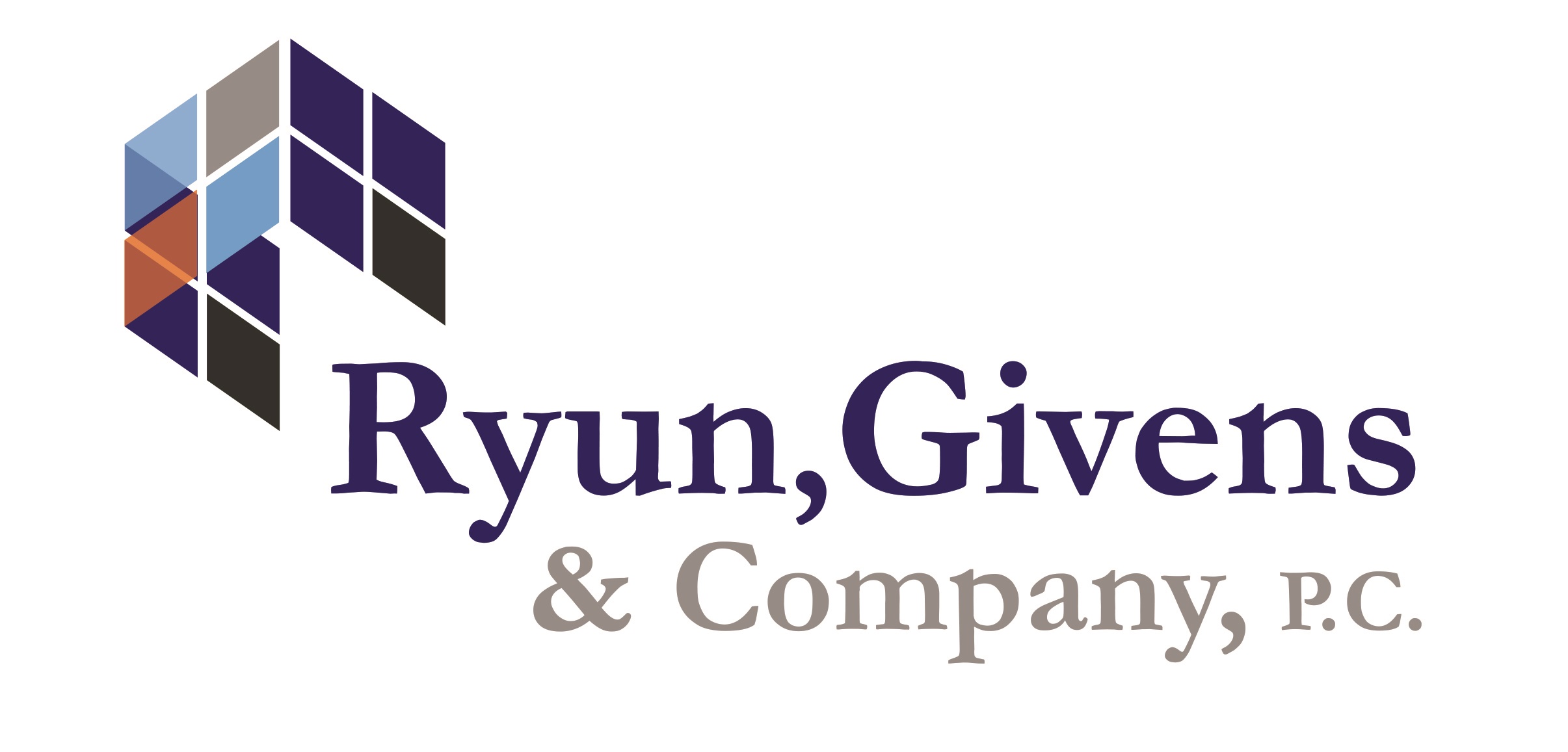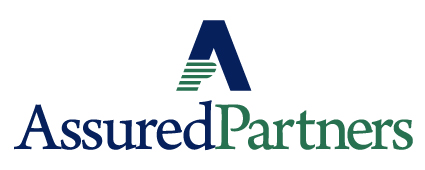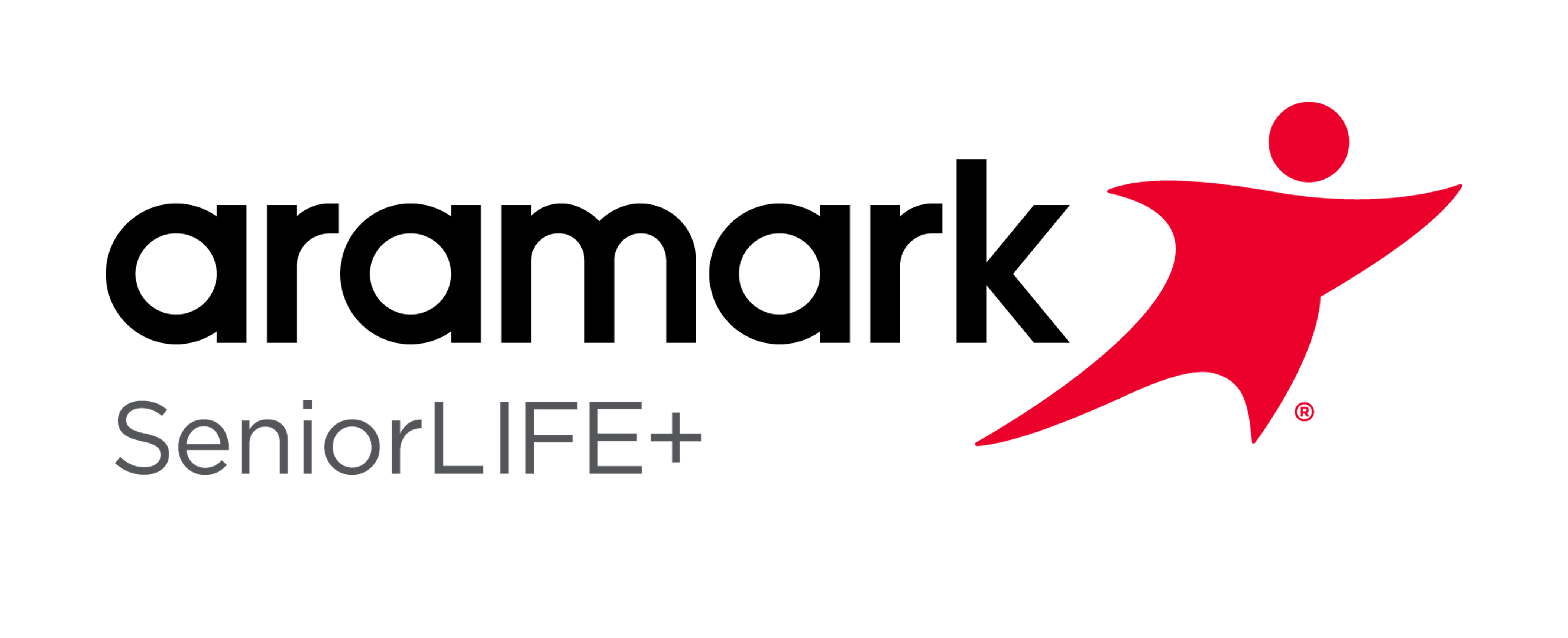- Home
- About
- Member Engagement
- Resources
- Consumers
- Advocacy
- Education
- Workforce
|
CDC Recommendations for Enhanced Barrier Precautions During the CMS Nursing Home Stakeholder call on July 13, CDC presented revised recommendations for the utilization of enhanced barrier precautions in nursing home settings. Enhanced barrier precautions were established by the CDC prior to the pandemic as a method to reduce the number of residents in nursing homes being exposed to Multi-drug Resistant Organisms (MDROs). Based on a review of MDROs from the Healthcare Infection Control Practices Advisory Committee (HICPAC), the recommendation was provided to expand the use of enhanced barrier precautions to reduce the risk to residents in nursing home settings. Background: According to the CDC, approximately 17% of nursing home residents have a documented history of an MDRO and approximately 58% of nursing home residents when tested were colonized with an MDRO. When a resident has an MDRO that is colonized, the bacteria or virus is found on the body, but is not causing active infection, which would increase the potential to unknowingly transmit the bacteria or virus to other nursing home residents. The CDC weighed the benefits of reducing the risk of transmission to other residents with the risks of isolation and withdrawal that residents experience while in contact precautions, which lead to the use of enhanced barrier precautions. Previously, CDC recommended utilizing enhanced barrier precautions with residents that were knowingly colonized with an MDRO, however, expanded recommendations from the CDC are now including utilization of enhanced barrier precautions for any resident that is at a higher risk of being colonized with an MDRO. Considerations: The CDC is now recommending enhanced barrier precautions (use of an isolation gown and gloves) during high-contact cares with all residents that are known to be colonized with an MDRO, as well as those that are at high risk for having a colonized MDRO such as those with an indwelling device or a wound, regardless of their MDRO status. According to the CDC’s Consideration for Use of Enhanced Barrier Precautions in Skilled Nursing Facilities, high-contact cares are cares that have expected exposure to blood, body fluids, skin breakdown, or mucous membranes. High-contact cares include but are not limited to:
As a reminder, any resident with an active infection with an MDRO should be placed on contact precautions. Implementation Approaches: Enhanced barrier precautions (EBP) should be applied to routine care of residents with history of colonization of an MDRO, presences of wounds or indwelling medical devices such as catheters, intravenous lines, feeding tubes, etc. The following are measures that providers should take to implement EPB in their buildings:
Cost Considerations: The CDC acknowledges that the cost would increase to providers for utilization of enhanced barrier precautions but note that potential savings could be noted when reducing the risk of infection that possibly result in hospitalizations. While this savings will be on the insurance companies end, CDC notes that CMS, private and commercial insurances may need to consider the cost to implement EBP into payment models. PPE Shortages: The CDC noted that if there are instances of supply chain shortages for disposable isolation gowns, an alternate method of utilizing washable gowns and bundling care activities could be implemented to align with EBP recommendations. The CDC does not recommend extended or re-use of PPE to mitigate shortages in the context of EBP. Where Can I learn about EBP? Iowa Department of Public Health stated during their monthly Long-Term Care Office Hours Call on July 5, that once CDC released the expanded guidance for EBP, that they would set up a webinar to educate nursing homes on EBP procedures. LAI will notify members of this webinar. Until then, members can read about EBP and utilize the CDC’s toolkit (as well as those linked above):
|
